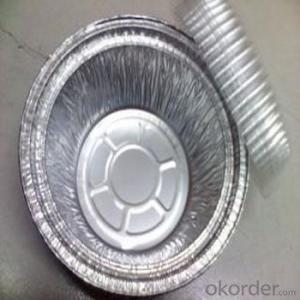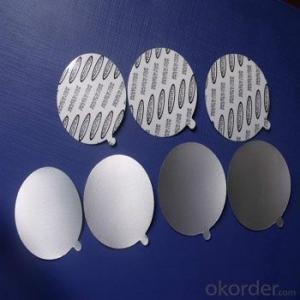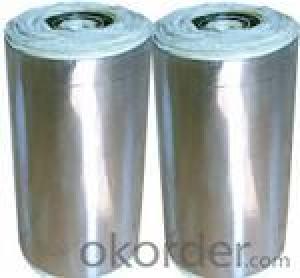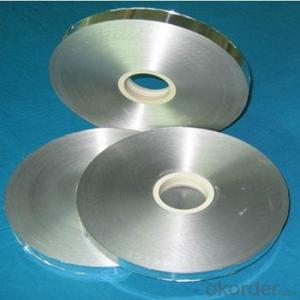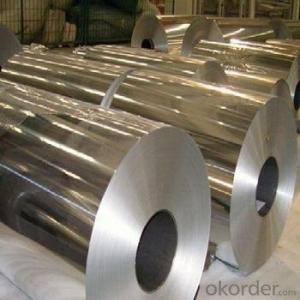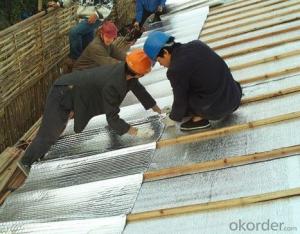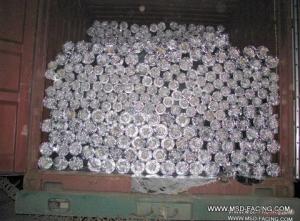18 Inch Aluminum Foil
18 Inch Aluminum Foil Related Searches
Led Light Bulbs For Ceiling Fixtures Led Lamps For Ceiling 42 In Ceiling Fan With Light Aluminum Coil Stock For Gutters Aluminum Foil For The Grill Hole Saw For Aluminum Plate Aluminum Tread Plate For Trailer Bow Plate For Aluminum Boat Aluminum Foil For Grow Room Aluminum Foil For Joint PainHot Searches
Stock Price For Aluminum Aluminum Coil Stock For Sale Aluminum Gutter Coil For Sale Used Aluminum Scaffolding For Sale 1/4 Aluminum Plate For Sale Aluminum Bar Stock For Sale Aluminum Round Stock For Sale Aluminum Diamond Plate For Sale Aluminum Scaffolding For Sale Craigslist 6061 Aluminum Plate For Sale Aluminum Dock Plate For Sale 7075 Aluminum Plate For Sale Aluminum Tread Plate For Sale Aluminum Checker Plate For Sale Aluminum Plate For Sale Near Me Plate Aluminum For Sale Aluminum Plate For Sale Aluminum Square Stock For Sale Aluminum Flat Stock For Sale Billet Aluminum Stock For Sale18 Inch Aluminum Foil Supplier & Manufacturer from China
Okorder.com is a professional 18 Inch Aluminum Foil supplier & manufacturer, offers integrated one-stop services including real-time quoting and online cargo tracking. We are funded by CNBM Group, a Fortune 500 enterprise and the largest 18 Inch Aluminum Foil firm in China.Hot Products
FAQ
- The attic was converted into two rooms and I want to add insulation but the space between the ceiling of the rooms and the roof is about 5 inches? How should I do this?
- there is not any way no how ever that a roofing nail is going to show 4 to 5 inches after dealing with shingles and plywood. that should recommend a 5 a million/2" to 6 a million/2" nail. and there is only the slightest quantity of buckle and/or carry earlier the summer time solar flattens it completely. you should call in an self sufficient roof repairer and have him recommend you. until eventually you're seeing issues very incorrect, this is an entire screw-up. If it fairly is actual, then the extra important question is .....in the event that they could do some thing this nuts, what else have they botched? If self sufficient roof repairer supplies you undesirable information, do no longer seek advice from contractor until eventually you have first talked to an attorney.
- I am specifically considering the re-roofing of a an older home where rafters were made with 2x4 or 2x6 and the rafter space (and possibly the attic space) does not allow sufficient space for insulation and proper ventilation behind the insulation. The old layers of roofing have to be removed in any event. At this point I am considering applying insulation boards on the existing sheathing and then a new layer of sheathing before the new roofing material. (similar to a SIP: structural insulated panel) The two issues I am concerned with is that the insulation can act as a vapor barrier. Would condensation potentially rot the lower sheathing. How is this avoided in SIP roofing panels? The second issue may be with fire regulations.
- The sip panels are vented depending on what thickness over all that you want. The last ones I used had 4 inches of rigid foam board then on top of that had 3" strips every 16" an inch thick which created an airspace. On top was 5/8 Osb. To create an affective air flow the fascia cannot plane through with the plywood at the bottom but fall just short of the 1" space. To cap it a oversized vented drip edge is used. You must also have a ridge vent for proper flow. These panels can near 100$. You can do it your own way like I do when building log cabins by laying 2" foam down first then lay 2x4 16 on center on top then finally your plywood. If you use CDX instead of Osb it will outlast it by 100%. Rigid foam insulation is not like batt-faced. Rfboard ins. Is used in boat hulls and even after being submerged for long periods of time will return to its original density and r-value. For obvious reasons batt ins. Will not. You won't have a moisture problem as long as you don't have a venting problem. If you are using high hat lighting don't let the cans touch your rigid ins. Tuck batt in softly around them TAKE THE PAPER OFF! By code if you have an interior wall 10or more ft. It must have a fireblock, simply a 2x4 turned flat between the studs. On your roof the ceiling you see inside, (most likely 7/8 tongue and groove boards) passes as the same. Good luck!
- hot because of all the added insulation. Is that what the insulation will do? Someone told me that it will save us on our cooling/heating bills, and that it will be warmer in the winter and cooler in the summer now. Is this true?
- Insulation stops heat from being transferred across it. Therefore, if it's cold outside and warm inside, it will stay warm inside because the heat can't get out. Likewise, if it's hot outside and cool inside, the heat can't get in so it stays cool inside. The exact same principles are used in vacuum flasks that keep coffee or soup hot. If you put cold drinks in there, they will stay cold instead, even on a hot day. The principle used in both cases is to stop heat from being able to travel to or from the inside to the outside. In a vacuum flask, they achieve this by using a double walled flask and sucking out all the air (leaving a vacuum). In a house however, it's not practical to do this (except for windows which is how double glazing works) so they use some sort of substance that traps large amounts of air in it (like fibreglass or polyester batts) to achieve the same effect. Hope this helps. TV
- hi me and my friends made a lounge out of my old tin roof shed we have a tv speakers and a few other electrical goods... since winters on its way we were wondering whats the best and cheapest way to insulate the place note that its a tin rof but has wood under it where the old indulation used to be the place is pretty chilly and sometime damp plz help we dont wanna be freezing our asses off in there thanks :)
- I would look at using the pink insulation if it will fit between the tin roof and the under it, If not, you may have to remove the wood to install the insulation.
- I am really confused about this science stuff! Sustainability is terrible xP
- i'm designing a house it quite is a retangle on the 1st floor with an L shape on the 2d and installation into that L i choose to have a greenhouse related. My plan is to apply 2x10 or 2x12s for my floor joist that way i can insulate the ceiling of the room it is under that and the two partitions that are related to the greenhouse. no longer a lot to learn any warmth from it,yet to have plant life. If i choose to get any image voltaic benefit illl in simple terms open the door to the domicile
- please help..
- too add to that housing insulation wouldnt help you with dampening it would make it worse by absorbing the sound, try talking through a pillow for example/
- Hi, I have got a physics question and was just wondering about it.. Can someone pls tell me how does roof insulation work? how is it effective? How does the insulation changes the heat circulation and transfer inside a house?I know that the insulation prevents radiation from the sun and overheating.. but any more details about radiation, convection and conduction of heat pls?
- Well insulation makes a dead air space (air is stagnant). Since the air is not moving the transfer of hot and cold is slowed down considerably. But since you have to create cross ventilation to reduce rotting in wood and the build up of explosive gasses. Its a crap shoot that it even does any good. Radiation is heat so that's covered by the dead air space. Convection is usually not an issue with the cross venting. Also for conduction the insulation should slow it down considerably.















